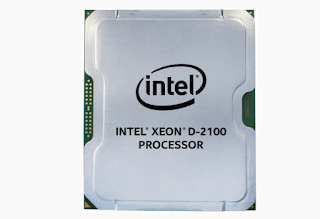University College London (UCL), in collaboration with Xtera, has demonstrated the transmission of 120 Terabit/s over a single repeatered fibre.
The experiment used a hybrid distributed-Raman / EDFA amplifier with a bandwidth of 91 nm. This is an extension of the technology which Xtera currently deploys in its subsea repeaters, with 256QAM and adaptive FEC expertise coming from UCL and Z-PLUS Fiber 150 fibre from Sumitomo. These initial experiments were performed over 630 km with nine broadband amplifiers spaced at 70km. In the near future, these will be connected to form a loop to allow tests over much longer distances. The capacity and span achieved today exceeds the previous record of 115 Terabit/s over 100 km by more than six times.
Xtera said conventional approaches can yield bandwidths of approximately 70 nm when using the combination of a C-band and an L-band amplifier. Raman amplification used by Xtera can offer even greater bandwidth, in this case 91nm, while also offering very low noise.
Dr. Stuart Barnes, Chairman of Xtera, in expressing how pleased he has been with the Xtera / UCL collaboration, states, “This is the start of an exciting period of work where Xtera and UCL will push the limits of this technology even further, a possibility which doesn’t exist for two discrete C+L amplifiers. I am confident that more bandwidth is not only possible but also practical, and more importantly, commercially viable. Xtera will continue to push transmission technology further in order to create products which meet the market demands of the future.”
Professor Polina Bayvel, CBE FRS FREng, adds, “I am happy that our state-of-the-art, high-speed WDM transmission testbed, developed through the EPSRC UNLOC programme, could be used to achieve record transmission throughput. This accomplishment has been enabled by many ground-breaking research developments in digital signal processing and amplifier technology as well as dedicated effort of outstanding researchers from UCL’s Optical Networks Group and Xtera.”
Details of the experiment and findings are available at www.xtera.com/learning/ and www.arxiv.org
The experiment used a hybrid distributed-Raman / EDFA amplifier with a bandwidth of 91 nm. This is an extension of the technology which Xtera currently deploys in its subsea repeaters, with 256QAM and adaptive FEC expertise coming from UCL and Z-PLUS Fiber 150 fibre from Sumitomo. These initial experiments were performed over 630 km with nine broadband amplifiers spaced at 70km. In the near future, these will be connected to form a loop to allow tests over much longer distances. The capacity and span achieved today exceeds the previous record of 115 Terabit/s over 100 km by more than six times.
Xtera said conventional approaches can yield bandwidths of approximately 70 nm when using the combination of a C-band and an L-band amplifier. Raman amplification used by Xtera can offer even greater bandwidth, in this case 91nm, while also offering very low noise.
Dr. Stuart Barnes, Chairman of Xtera, in expressing how pleased he has been with the Xtera / UCL collaboration, states, “This is the start of an exciting period of work where Xtera and UCL will push the limits of this technology even further, a possibility which doesn’t exist for two discrete C+L amplifiers. I am confident that more bandwidth is not only possible but also practical, and more importantly, commercially viable. Xtera will continue to push transmission technology further in order to create products which meet the market demands of the future.”
Professor Polina Bayvel, CBE FRS FREng, adds, “I am happy that our state-of-the-art, high-speed WDM transmission testbed, developed through the EPSRC UNLOC programme, could be used to achieve record transmission throughput. This accomplishment has been enabled by many ground-breaking research developments in digital signal processing and amplifier technology as well as dedicated effort of outstanding researchers from UCL’s Optical Networks Group and Xtera.”
Details of the experiment and findings are available at www.xtera.com/learning/ and www.arxiv.org

























